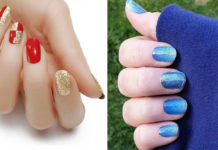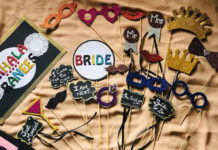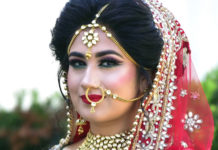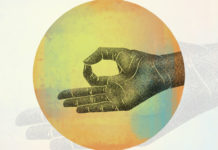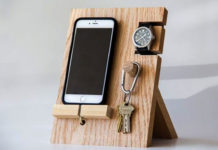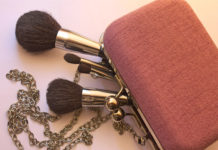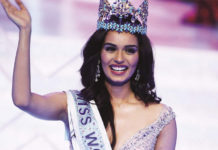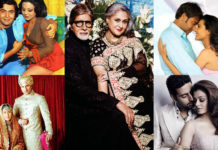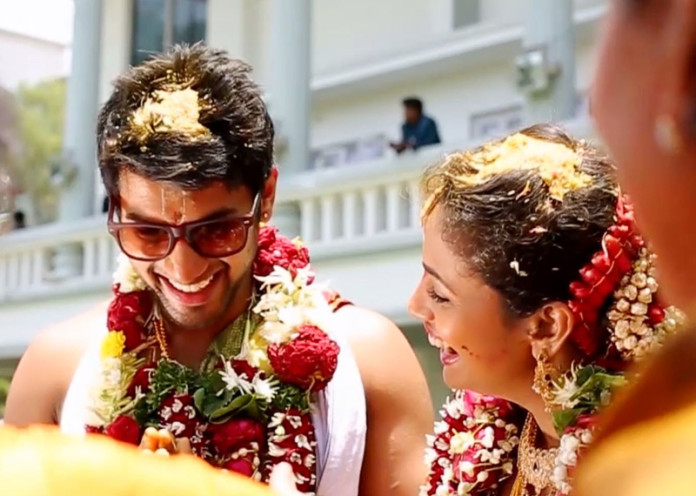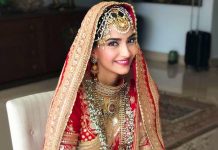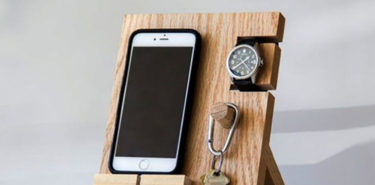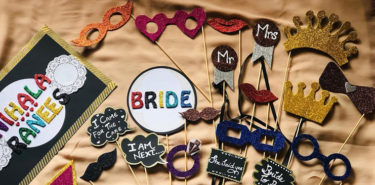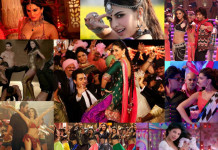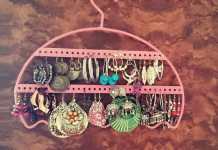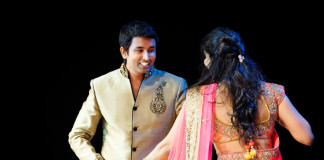Affiliate Disclaimer
Some links in this article are affiliate links. We may earn a small commission if you make a purchase through these links, at no extra cost to you. We only recommend products we find useful to our readersTamil weddings are the most colorful and vibrant weddings and consist of rituals that last up to 3-5 days with a lot of traditions and pre- post wedding galatta (gala). The amazing part of a Tamil Brahmin wedding is that they are very animated with people being dressed in different colored sarees, dhotis, flowers, filter coffee and never ending music . It basically starts with ‘Pandha Kaal Muhurtham’ and ends with ‘Gravapravesham’. Here are all the things you should know about Tamil Brahmin wedding.
Some Things You Should Know About a Brahmin Wedding
1Pandha kaal Muhurtham
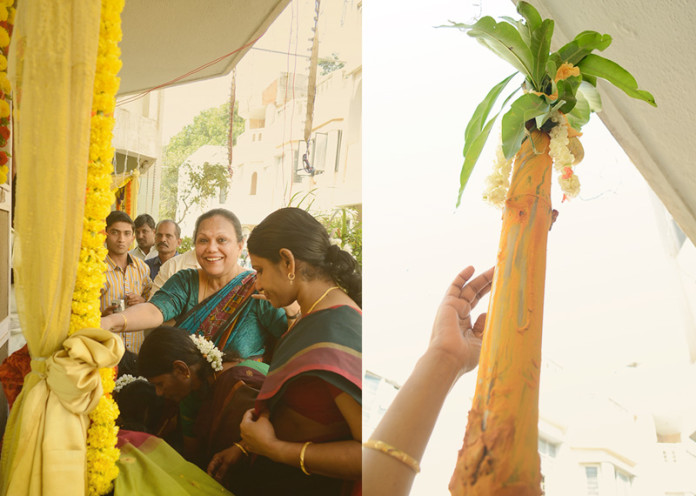
Being the very first ritual of the Tamilians, this involves the hand of elderly people of the family. They place a tall wooden stick outside the house and raise the banana trees covered with decorations to symbolically announce that there is a marriage happening in the house. An old tradition that is followed for so many years, elders bless the bride and the groom of the house and seek blessings from God for a hassle free wedding.
2Viratham
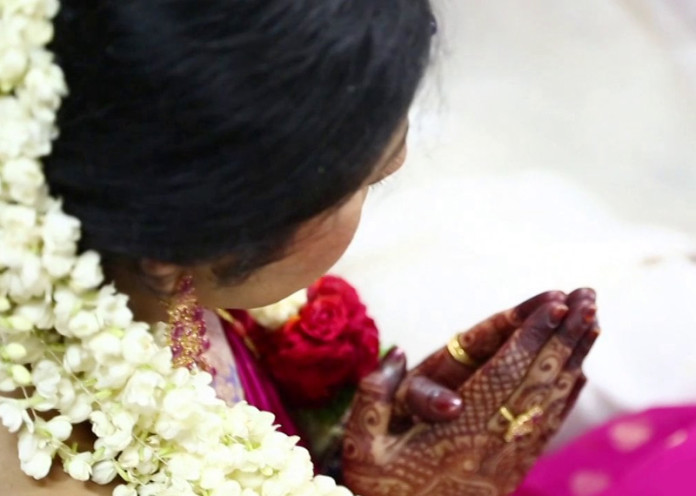
Vratham is a fast that happens a day or two before the wedding where both the bride and the groom’s families fast for the prosperity of their children. On this day, a clay pot consisting of nine varieties of grains are added and kept aside. Married women from the family pour water in the pot and allow the grains to sprout for the day. This is a symbolic act where the pot is considered to be a house, grains as the bride and groom and the sprouting indicates life prosperity. Traditional folks of the house are expected to sing songs and entertain people around. After a day or two, the pot is immersed into a pond where fishes can feed on the grains.
3Jaanavasam
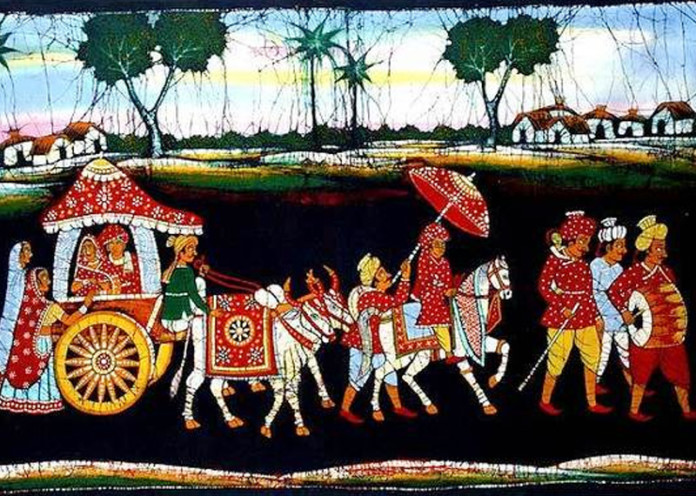
Jaanavasam is nothing but a small ceremony that happens right before the reception. The groom and the bride come in a beautifully decorated car and get down outside the marriage hall. But these days, to make it more fancy, grooms come on horses or even chariots. The tradition is to welcome the groom and take aarthi. A display of fireworks is a part of the procession. It is a very colorful pre wedding function.
4Nicchiyadhartham
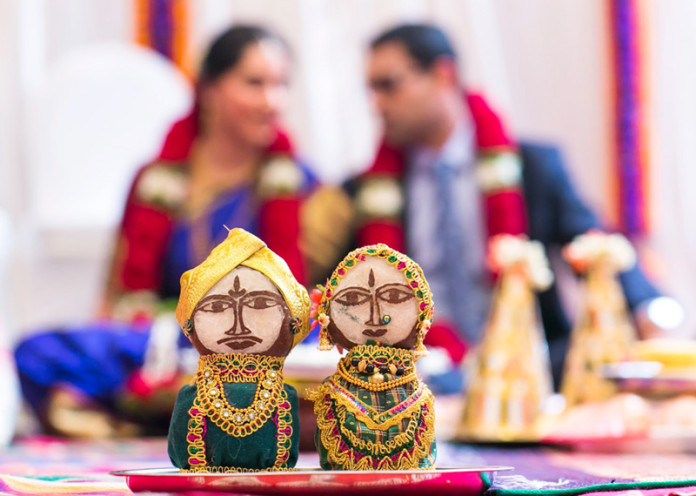
Nicchiyadhartham is a small pre wedding important function where the bride offers prayers to the lord in the presence of a priest. The ritual is very simple where the groom’s family gifts the bride with everything she needs like from sarees, flowers, makeup essentials, etc. Some families prefer to keep a very elaborate gift collection from their side. It is a welcome from the groom’s house to the bride. Reading the Lagna Pathirigai is a typical ceremony where the priest announces all the details of the wedding like whose daughter is getting married to whose son, the time of the wedding, the dinner party details and much more. This is typically an official announcement.
5Receiving the Groom
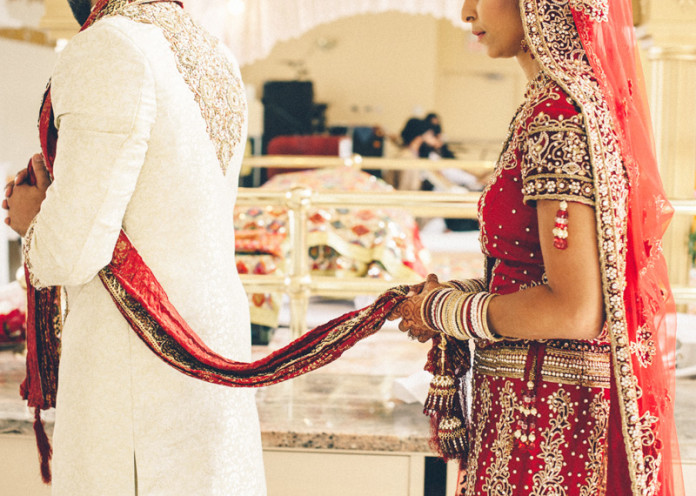
Though the groom already has been welcomed the previous day itself, its another round of welcoming that will happen on the day of the wedding. The bride’s family welcomes the groom’s family with a variety of plates like nuts, fruits, flowers and chocolates. The bride’s brother plays a major role here. He applies tilak on the groom’s forehead and gives the groom chocolates or sweets to eat.
On the day of the wedding
6Kashi Yatra
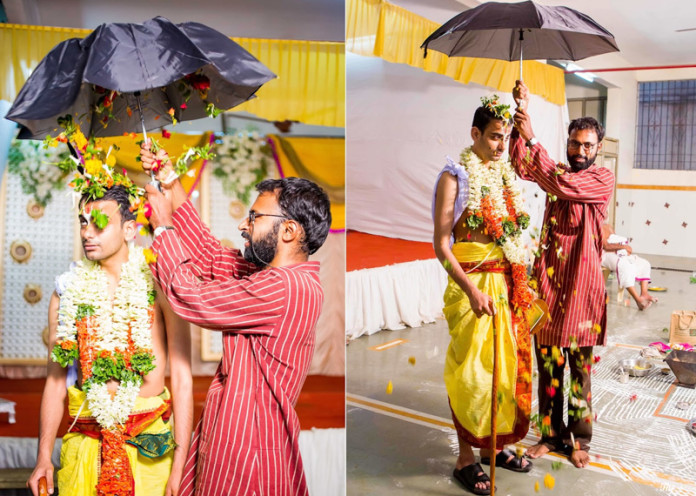
On the morning of the wedding, the bride and the groom take a holi bath and get ready for the day. The tradition says that the groom has to pretend like he is leaving to Kashi to become a sanyasi. But the bride’s father comes and holds his hand and offers his daughter’s hands, so that they can get married. After this, the groom heads to the marriage hall where the bride’s family welcomes him.
7Oonjal
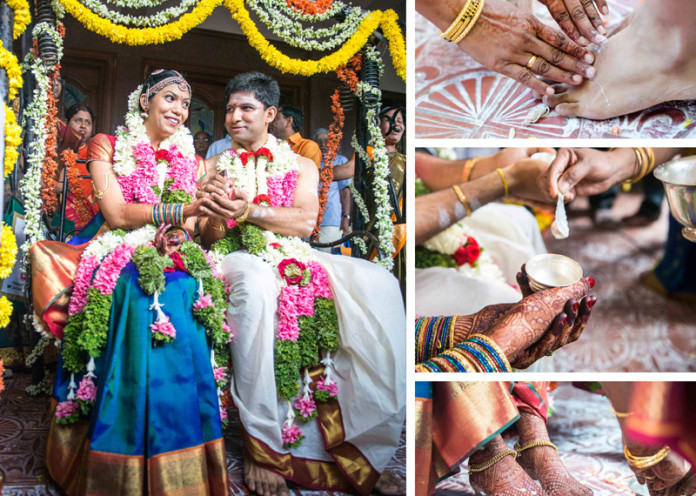
Oonjal is a typical tradition where the bride and the groom are asked to sit on a wooden plank swing, where ladies of the house sing songs and celebrate the holiness of marriage. This is where the groom and the bride are given banana dipped in milk. This tradition is basically to ease the feel of the marriage and to get them comfortable.
8Kanyadaan or Muhurtham
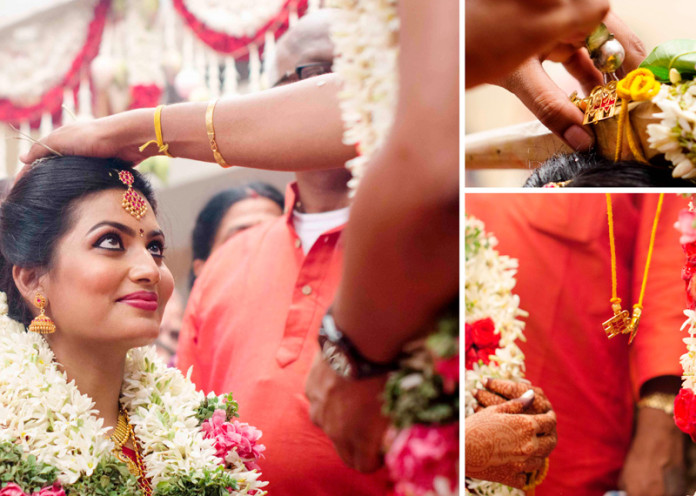
Both the bride and the groom go into the mandap together to start the wedding. This is when the father of bride washes the feet of the groom and the bride’s mother applies kajal in the groom’s eyes. During the Muhurtham, the bride sits on the father’s lap with a small coconut on her head. The bride’s hand is held by the father and given to the groom. After this ritual, the bride is handed over a nine yard saree as a gift from the groom’s family. She is supposed to change into the nine yard – Madisaaru.
The bride’s father sits on a chair waiting for the bride to change into the nine yard saree. After the bride comes back in the nine yard saree, few other rituals are followed and finally the groom ties the knot three times while the bride folds her hands and sits on her father’s lap. The groom ties one knot and the groom’s sister takes over the next two knots. The three knots signify unison of mind, spirit and body.
9Saptapadi
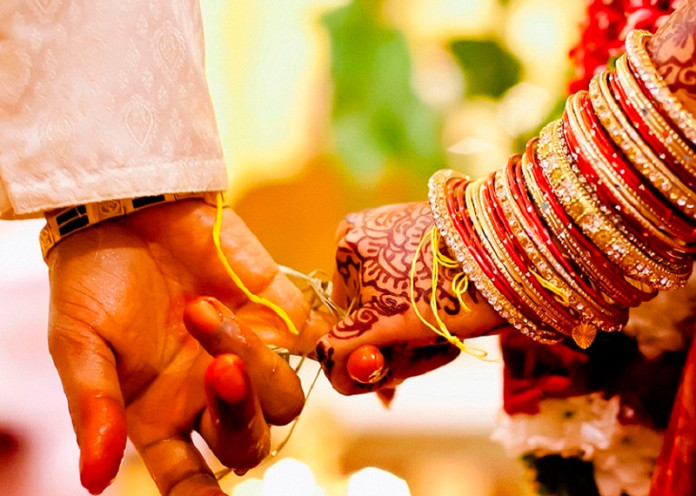
This is similar to the North Indian wedding ritual, ‘Saath Phere’ where both the groom and bride,hold each other’s hands and circle the haven for seven times. This makes their bond stronger and more beautiful.
10Post Wedding Rituals
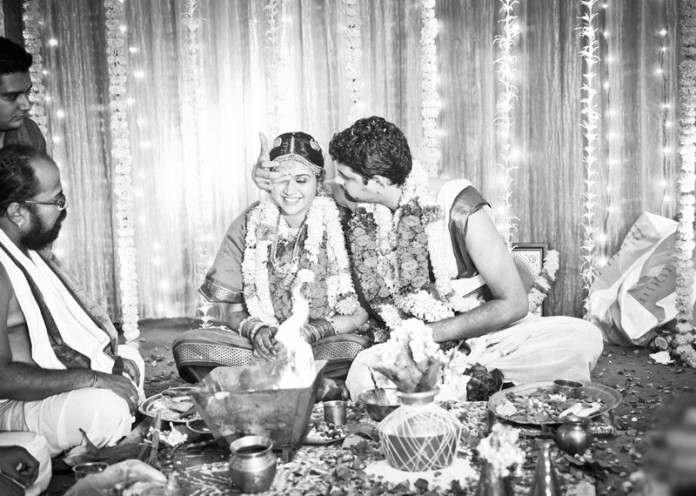
There are a few post wedding rituals that include Sammandhi Mariyathai where the bride’s parents thank the groom’s parents and both the families exchange gifts. This is followed by Gravapravesham where the bride enters the house of the groom. Those days the married couple was sent home for this tradition, but now the groom’s room is considered as the house. So the couple enters the room together and seek the blessings of the elders.
11Reception
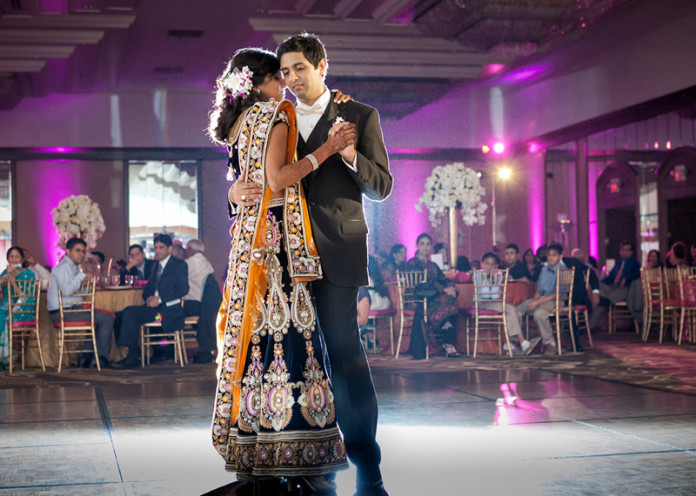
The wedding is followed by a reception where close friends and family come up to the stage to wish the couple, which is followed by a lavish dinner. Reception depends on the family’s choice whether they want to have a post wedding reception or a reception on the previous night of the wedding.
Tamil culture is rich in its traditions and rituals. There are a lot of alterations according to each family and their needs. Marriage in itself is the most beautiful celebration in a family. We wish you a happy planning and a great life ahead!
-Pavithra Ravi




